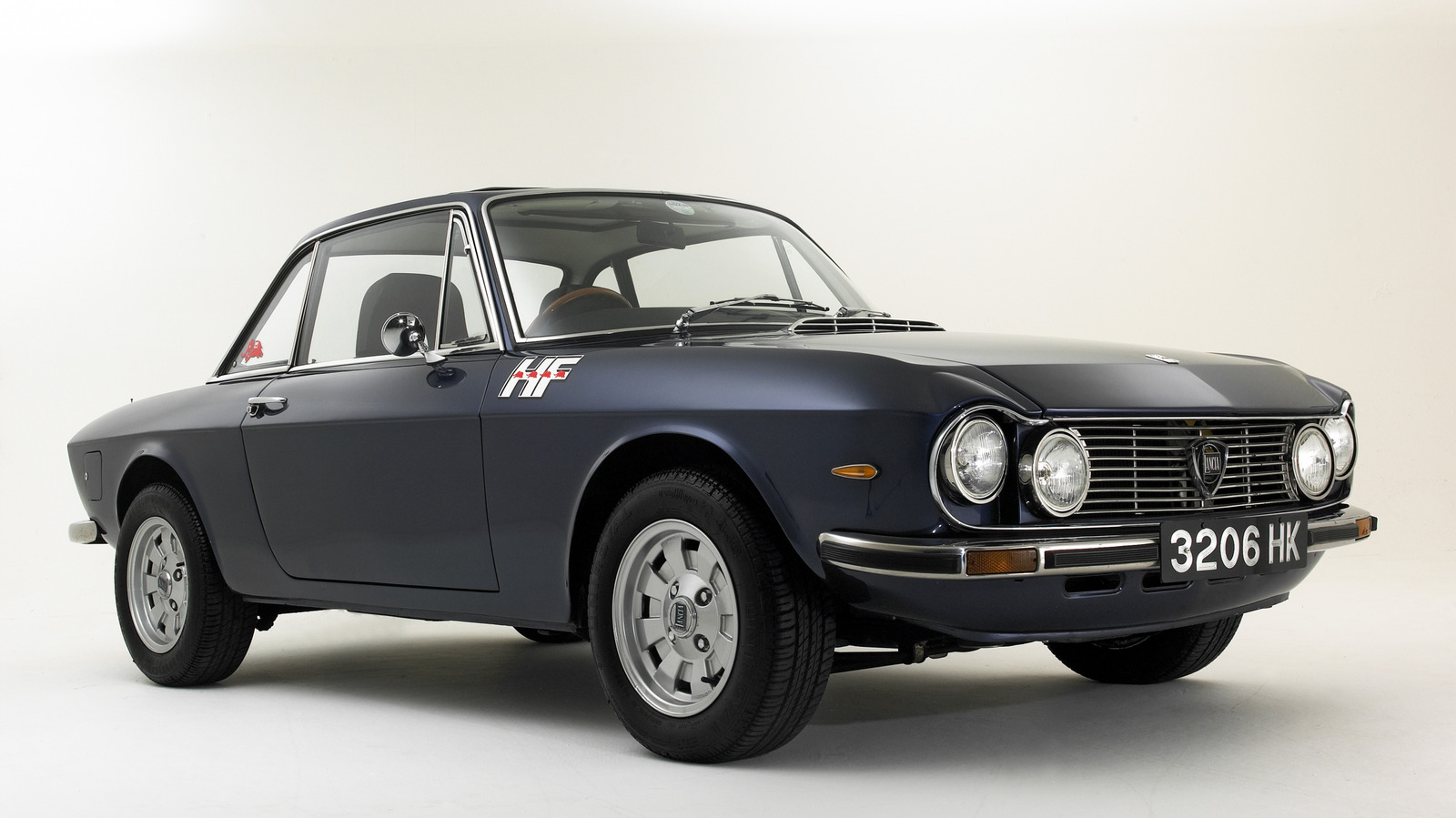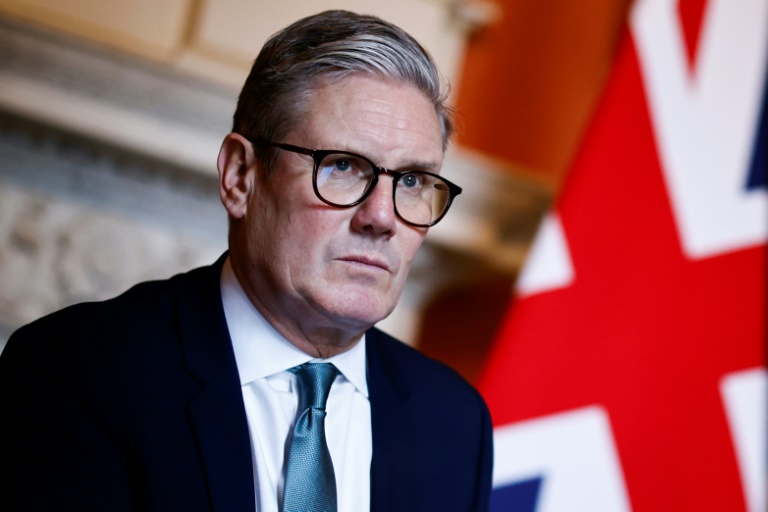Burberry, the venerable British fashion house, finds itself at a crossroads in its quest for luxury status. The brand’s transformation, which began under Rose Marie Bravo’s stewardship from 1997 to 2006, saw its valuation soar from 200 million pounds to 2 billion pounds. This period marked Burberry’s shift from a staid heritage label to a global fashion contender, culminating in its 2002 London Stock Exchange debut.
However, the path to true luxury has proven more arduous than donning one of Burberry’s iconic trench coats. Under CEO Jonathan Akeroyd, the company faces a 12 percent sales decline in Q1 2024 and is cutting jobs, struggling to ignite investor enthusiasm or achieve the coveted ‘hot brand’ status.
The crux of Burberry’s challenge lies in consumer perception. Despite ambitious pricing strategies – a Burberry Snip bag now retails at 3,500 pounds, outpricing a Louis Vuitton comparable offering by 1,000 pounds – the brand struggles to command the same cachet as established luxury houses. As Bernstein analyst Luca Solca astutely notes, Burberry might find greater success by embracing its premium roots, akin to Coach’s strategy in the US market.
Creative director Daniel Lee’s efforts to infuse contemporary flair while honouring Burberry’s heritage have yet to yield the desired momentum. The fashion world watches with bated breath, reminiscent of characters in Beckett’s “Waiting for Godot,” for a breakthrough that seems perpetually on the horizon.
You can’t put a price on desire
In the meantime, consumers can still acquire Burberry’s iconic pieces at outlet prices – a practice that, while beneficial for shoppers, may hinder the brand’s luxury aspirations. As Burberry continues its upmarket journey, it must grapple with a fundamental truth: in luxury fashion, desirability cannot simply be priced into existence.







